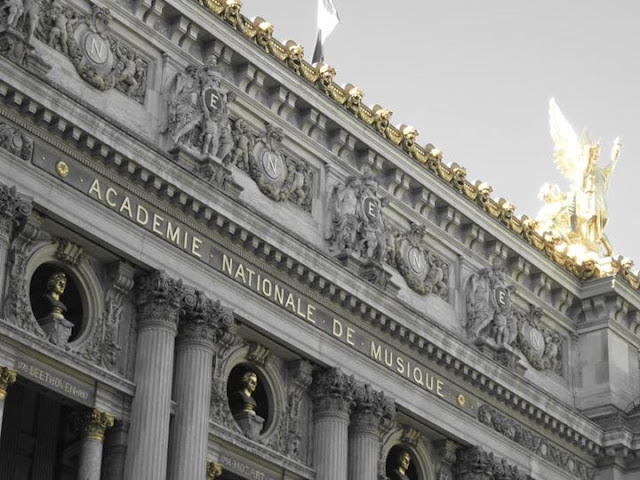Scarlet double decker buses whizzed past black cabs as hoards
of people shuffled shoulder to shoulder down the pavements. At Piccadilly
Circus, throngs of people converged at Eros as the iconic billboards flashed in
the distance. Weaving my way through the early evening crowd I moved towards my
rendezvous on Shaftsbury Avenue reaching the slightly shocking conclusion that historical
London was not so different from modern New York. As Times Square throbs at the heart of NYC, the
roads stretching out from Piccadilly pulse with energy and you smell the sweet
scent of promise. Manic and chaotic, London and New York are mired in an
endless race; Londoners and New Yorkers live life at breakneck speed lest they
be left behind and swallowed up by the sea of people streaming down the avenue.
London owes something to New York then, I decided; or likely
the other way round given that the history of the English capital stretches all
the way back to the second century and its Londinium origins. And picturing the
early days of this vast metropolis is somewhat easier than picturing an
uninhabited Manhattan island. London lives and breathes history as its very
streets catapult you back in time, the iconic London streetlamps casting their
amber glow over the Victorian and Georgian buildings as in times gone by. Enter
an old pub and witness the backdrop to a million stories: if only walls could
talk. History suits London and it dons its years with pride, like a jaunty
bowler hat perched on its head. It revels in its history, favouring old-style
red telephone and pillar boxes long replaced by soulless glass structures
elsewhere in the country; the double-decker buses recognisable the world over
for their blood-red coat haven’t changed in a century. The neon crackle of
Piccadilly Circus is thus somewhat more incongruous in the midst of ancient
London than Times Square in adolescent NYC, but London is a city of contrasts. And
while Sepia images of Trafalgar Square and Westminster may resonate more with the historical vein of
the city, flashing Piccadilly and its scarlet landmarks demonstrate a certain
brashness absent from other cities, particularly my current abode.
Jack Kerouac proclaimed that “Paris is a woman but London is
an independent man puffing his pipe in a pub”, and for me, this short quotation
sums up many of the feelings that that I struggled to name while roaming the
streets of London. Paris and London should be more similar; they are both
historical cities oozing with culture, attracting tourists in their droves every
year. And yet London felt drastically different, with a spirit more reminiscent
of New York. Paris is essentially a tranquil capital city, which is bizarre
given its lack of green spaces and reputation for rudeness. Kerouac’s statement
explains away the paradox however: Paris is a woman!
It makes perfect
sense once you think about it. A man could never get away with covering himself
in ostentatious gold but on a woman it’s breathtakingly elegant; the simple
London facades are decidedly more masculine than the fancy wrought-iron
balconies decorating the front of many a Parisian apartment; and while a red
London bus hurtling down the Strand conjures up images of sturdy football players
bombing down the left wing at Wembley, such a sight would be all wrong along
Paris’ elegant tree-lined boulevards. Come to think of it, a yellow New York
cab wouldn’t be quite right either. NYC is male too – of course.
Save for the
jam-packed Champs Elysées and Galeries Lafayette department store (enter at
your peril), Paris is free of the aggressive vibe generated by the masses of
people crowding the thoroughfares of London and NYC. Paris favours brasseries
over pubs; wine over beer; black over red. London tube stations are awash with
colour, while Paris metro stops (save a few exceptions) often resemble hospitals with their clinical
white tiles. Paris values good taste and sophistication,
while London has a down to earth and jubilant core.
So do London and Paris have anything in common? Perhaps only
the fact that the millions of out-of-towners setting up home there every year
make it a little harder to pinpoint the characteristics of a Londoner or
Parisian. In such cosmopolitan cities as London,
Paris, New York and beyond, many people are in transition meaning that the
identity of the city owes as much to the bricks and mortar of the city itself as
to the people.
After five days in London and many hours of contemplation, I
came up with the above, much of which amounts to a superficial overview of
inevitably complex and multi-faceted places. Cities are man-made – their
lifeblood is humanity, and in that context, Kerouac’s conclusion that cities
are people is really not so strange. And though we may try to “figure out”
people, we rarely succeed, in fact we usually end up accepting them as they
are, aware that a person – or a city of more than 8 million people – will always
have something up their sleeve.









No comments:
Post a Comment